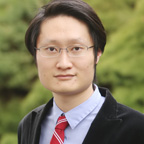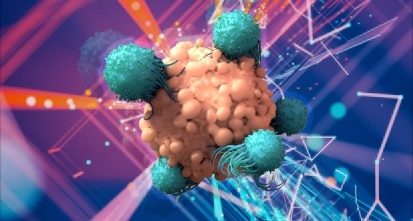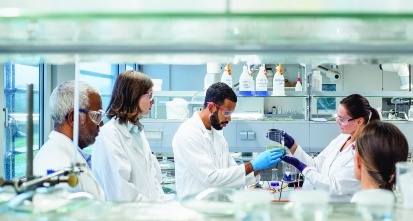Gain new perspectives for faster progress directly to your inbox.
While 3D printing has been a long time coming, it has recently emerged as a major force in reshaping patient care from tissues and organs, customized drug delivery, orthopedics, and bioprinting – the opportunities are immense. Recently, experts from Harvard, Carnegie Mellon, and the University of Toronto joined CAS for a webinar on May 4, 2023.
3D printing technology has the potential to revolutionize the field of biomedicine by providing new ways to meticulously fabricate complex structures like functional human tissues and organs, as well as develop personalized medicine through more precise drug delivery systems.
Discover cutting-edge developments in wound healing, skin and vascular grafts, and extracellular matrix protein scaffolds engineered using advanced nanofabrication and 3D bioprinting approaches. Learn more about why 3D printing in biomedicine will be reshaping drug delivery, skin grafting, transplants, organ repair, and the therapeutic landscape of the future in our recent Insight Report.
Key highlights from the webinar
To set the stage for this discussion, Dr. Chia-Wei Hsu provided a landscape view of this emerging area of science. Publications and IP trends signal the rise of four key, rapidly innovating areas: tissues, pharmaceuticals, orthopedics, and bioprinting. The key to this growth is the increase in material research and innovative techniques for printing that are driving unique capabilities. The changing landscape of emerging materials across synthetic, inorganic, and natural materials continues to advance.

Dr. Zhang began with the cryobioprinting technique that can preserve cell viability within the printed construct. The bioink was printed on a freezing plate with accurate temperature control. With different cells and biomaterials, the overall cell viability is retained using this cryobioprinting technique. He further displayed vertical cryobioprinting on a freezing plate with different types of nozzles to create various constructs that mimic muscle-microvascular units or muscle-tendon units. Cryobioprinting paves the way for future short-term and long-term 3D printed tissue engineering applications for biomedical-related needs.

Dr. Günther kicked off his talk with an introduction to a microfluidic printhead for biomaterial sheet extrusion with some examples of architected biomaterial sheets loaded with cells. He further showed how the handheld skin printer applies biomaterial sheets on the burned skin, displayed the in-situ formation of skin tissues, and the in-situ delivery of biomaterial and cells on the skin of animals. The result shows that this in-situ microfluidic printing technique can accelerate the wound healing process.

Dr. Feinberg gave a few examples pertaining to the 3D bioprinting of soft materials at the beginning of his presentation. He described his printing technique, Freeform Reversible Embedding of Suspended Hydrogels (FRESHTM), which shows the capability of building a human heart valve, multiscale vasculature, and a human heart tube. FRESH enables highly precise printed scaffolds for volumetric muscle loss upon the patient’s need. Dr. Feinberg’s research manifests the advancement in tissue fabrication using 3D bioprinting to create multiscale vascular constructs for different applications.
Download our detailed Insights Report on 3D printing to discover emerging trends, identify new connections, and have a landscape view of how it is re-shaping patient care. See the recording and the associated slides from the webinar here.



